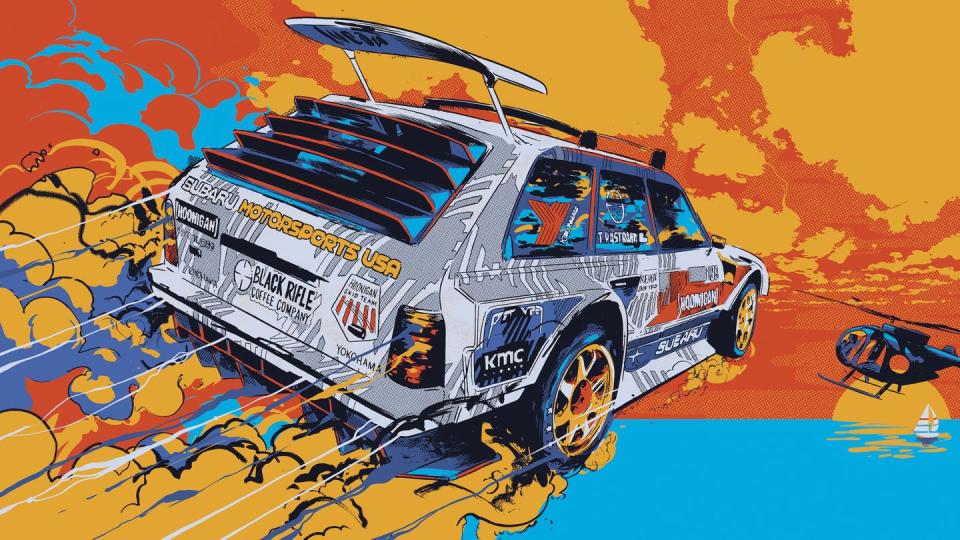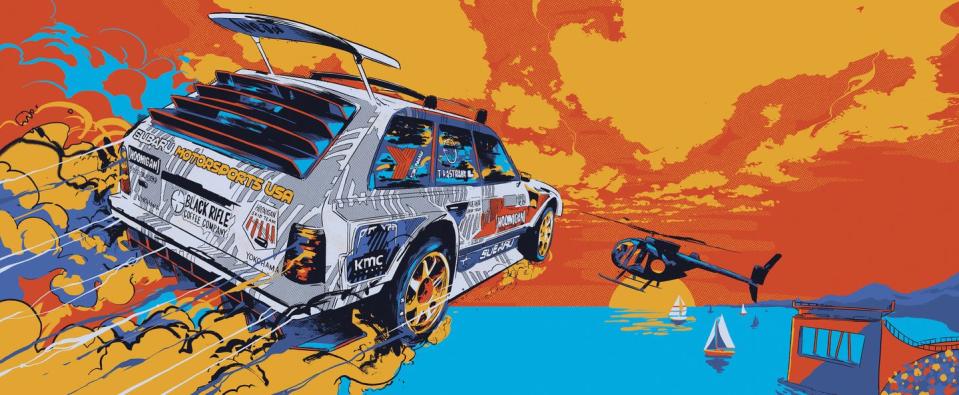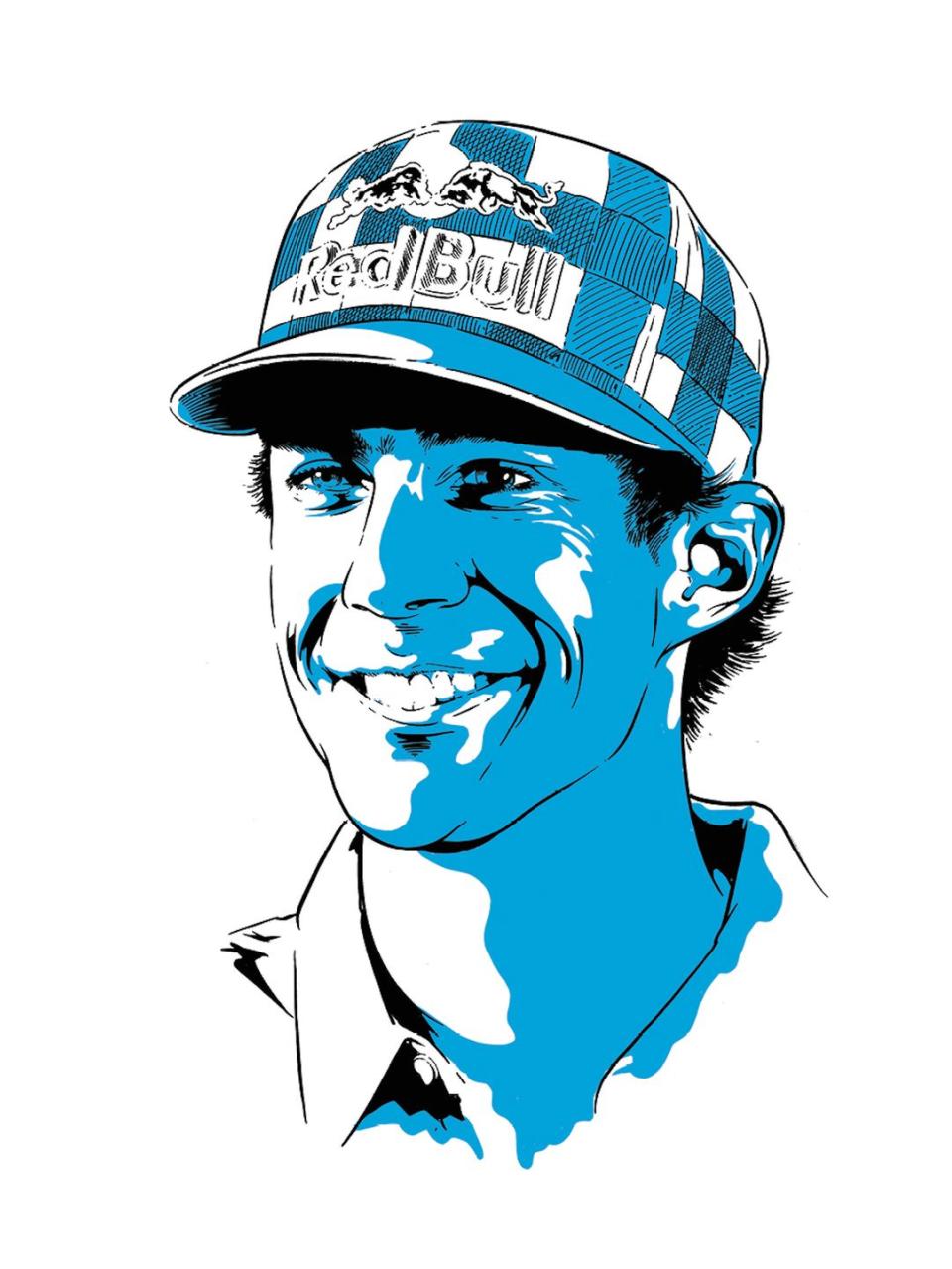Let Travis Pastrana Tell You What It's Like to Jump a Car


Travis Pastrana has spent a preposterous amount of time in midair: as a kid, jumping a BMX bike into a sand pile; as a teen Moto X Freestyle phenom, nailing high-flying Superman seat grabs; as an adult, sending a Subaru rally car 269 feet across Long Beach Harbor. He’s tossed himself out of a Cessna without a parachute. He landed a groundbreaking double backflip at the X Games in 2006 and stuck a barge-to-barge backflip on London’s River Thames with such ease that you’d swear it was a matter of evolutionary adaptation instead of mere skill.
This story originally appeared in Volume 21 of Road & Track.
Exactly how Pastrana achieves human flight—minus wings—sits at the nexus of applied physics and the mystery of human performance. For those of us who seldom slip the surly bonds of earth, except to fly coach, hearing Pastrana relate the experience is kind of unsatisfying, like a giraffe explaining what it feels like to eat those leaves way up there.
“It’s like a golfer hitting a ball, except we’re the ball,” he says. “You know how far each iron and each club is going to get you and how much power you’re going to need.”
Having long since passed the axiomatic 10,000 hours to master a skill, Pastrana brings a unique suitability for flight, combining raw instinct and a deep understanding of his environment. “Travis has the knowledge and air awareness,” says Nate Wessel, who’s built many of the ramps for Pastrana’s antics. “Travis can get on something that’s never been touched before and know the speed, and he can take a lot of the risk factor out of it.”
“I don’t think there’s anybody else I’ve ever worked with who has that talent,” says Dave Mateus, who started collaborating with Pastrana as a marketing manager at Red Bull more than a decade ago. He’s kept detailed accounts in a notebook documenting every jump he and Travis have done together, and he refers to it when they’re planning new attempts. “We’ve already done it in practice, so if it’s all the same based on what we’ve surveyed, muscle memory takes over, and he nails it,” Mateus says.

To Pastrana, transparent repetition may have endowed him with a sixth sense, but to a physicist, the science of jumping stuff begins with math. “At the very basic level, it would be just your standard projectile-motion problem,” says Rhett Allain, PhD, an associate professor of physics and a science writer. “If you know the initial velocity [of an object] and the initial angle, you can find out where it’s going to go. With car jumping, I know the angle of the ramp. I know how fast it’s going. I can calculate its position every second after that and find out where it’s going to be and where it’s going to land. That’s the first-level approximation.”

 Yahoo Autos
Yahoo Autos